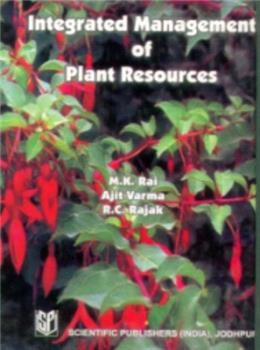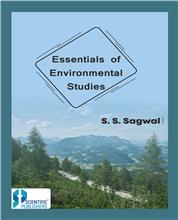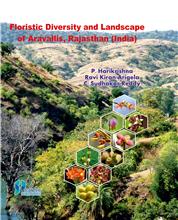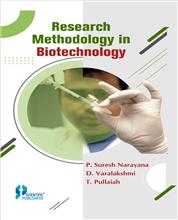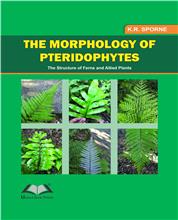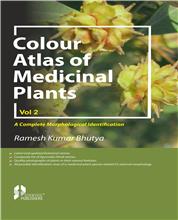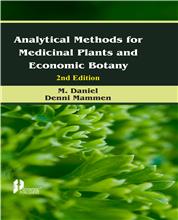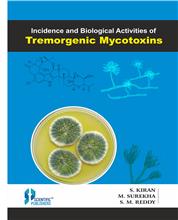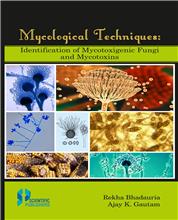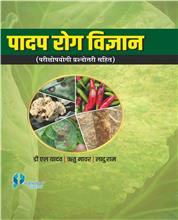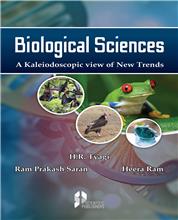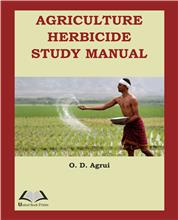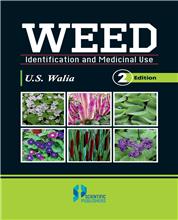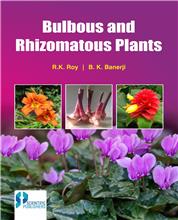In the present scenario, the plant resources of the world are depleting at alarming rate due to ever increasing population and thoughtless development. The pace of depletion was relatively higher between 1981 - 1990. Astonishingly, such fast rate of deforestation has not been noticed before in any other decade. The total forest area was about 3600 million hectare in eighties. In addition, there were 1700 million hectares of woodlands not classified as forests. In all, about 40 per cent of the world s land surface is still under some type of tree cover. But despite the large size of this resource, its management is posing great challenge to the planners, policy makers and the resource managers in developing countries like India. In the beginning, much attention was not paid towards conservation of forests as a result, minor forest produce was almost completely ignored. It is only since eighties that medicinal plants have become one of the main concerns of the world conservation organisations. Of the 25 million species of flowering plants worldwide, only 20,000 have so far been listed as being of known medicinal value and only 5,000 have been phytochemically analysed. Through indiscriminate exploitation, destruction of habitats, excessive use of harmful chemicals, a number of plant species have already disappeared while others await a similar fate, at times, even without our being aware of their existence. Today, the earth is on the verge of experiencing an alarming extinction of valuable plant species. Nearly 60,000 higher plant species or one in four of the world s total could become extinct or near-extinct by the middle of the next century. According to an estimate of threatened Plants Committee of International Union for Conservation of Nature and Natural Resources (IUCN) about 10 per cent (20 - 30,000) of the world s flowering plants are reported to be dangerously rare or under threat. If the present trend continues, it is feared that by the year 2000 A.D., two fifth of the species and by 2020, one-third of the species will be lost. In India, over population production and lopsided approach to development dominated by peoples psychology of giving primacy to short term gains and total disregard for the sustainability for resources had resulted in faster depletion of resources leading to natural calamities in the form of floods, land-slides, scarcity of water, soil erosion and earthquake. The plant resources are the most precious and are nature s gifts as food, fodder, fiber, timber, fuel, medicines, edible oil, tans and dyes, etc. In 21st century, the sustainable management of plant resources will have a significant role in human welfare and development. We would have to apply all the techniques for the management of diminishing plant resources. The UN convention on bio-diversity defines bio-resources as national property rather than common heritage for all humankind But this definition has yet to be incorporated into countries own legislation. According to a recent report, about 70 per cent of the forest resources are not utilised by the local people. The overwhelming share is siphonned off by urban communities on payment of some incentive to poor locals. For eco-development to take place, this siphoning has to be stopped. There is a greater need to protect plants against fire, insects and diseases which are essential part of forest management. They can affect the growth and survival of trees, water quality and yield. Fire can be an agent of destruction. We have faced such fire problem in Indonesia. Years of growth may be destroyed in a matter of hours and endangered habitat may be lost, insect and disease can also cause extensive forest damage. The protection of forests from attack by insects and disease is best addressed under the concept of Integrated Pest Management. IPM involves the use of one or more tactics to reduce losses caused by pests to a level that permits immediate and future management objectives to be met. It is indispensable to manage the plant resources by afforestation, tree improvement, using bio-fertilizers, eco- restoration, conservation of bio-diversity and by forest protection. We have to rediscover the benefits of organic farming, biological methods of control of insect-pests and diseases, and revitalize our traditional system of plant- based/herbal therapy. Public awareness in the management of forests is also required. The National Seminar on Integrated Management of Plant Resources provided a common forum to discuss on the management of plant resources in a better way so that our future generations may have a congenial environment with properly managed natural resources. It is really a high time for us to apply all the concerted efforts for the conservation of plant resources.
